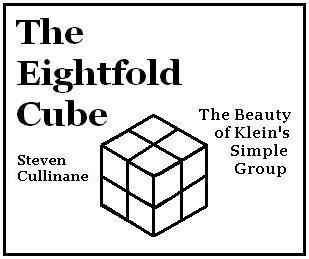In memory of William S. Knowles, chiral chemist, who died last Wednesday (June 13, 2012)—
Detail from the Harvard Divinity School 1910 bookplate in yesterday morning's post—
"ANDOVER–HARVARD THEOLOGICAL LIBRARY"
Detail from Knowles's obituary in this morning's New York Times—
William Standish Knowles was born in Taunton, Mass., on June 1, 1917. He graduated a year early from the Berkshire School, a boarding school in western Massachusetts, and was admitted to Harvard. But after being strongly advised that he was not socially mature enough for college, he did a second senior year of high school at another boarding school, Phillips Academy in Andover, N.H.
Dr. Knowles graduated from Harvard with a bachelor’s degree in chemistry in 1939….
"This is the relativity problem: to fix objectively a class of equivalent coordinatizations and to ascertain the group of transformations S mediating between them."
— Hermann Weyl, The Classical Groups, Princeton University Press, 1946, p. 16
From Pilate Goes to Kindergarten—

The six congruent quaternion actions illustrated above are based on the following coordinatization of the eightfold cube—

Problem: Is there a different coordinatization
that yields greater symmetry in the pictures of
quaternion group actions?
A paper written in a somewhat similar spirit—
"Chiral Tetrahedrons as Unitary Quaternions"—
ABSTRACT: Chiral tetrahedral molecules can be dealt [with] under the standard of quaternionic algebra. Specifically, non-commutativity of quaternions is a feature directly related to the chirality of molecules….


























































-Wolfram-410w.jpg)











 lets us visualize the projective space PG(3,2) as well as the affine space AG(4,2). For
lets us visualize the projective space PG(3,2) as well as the affine space AG(4,2). For